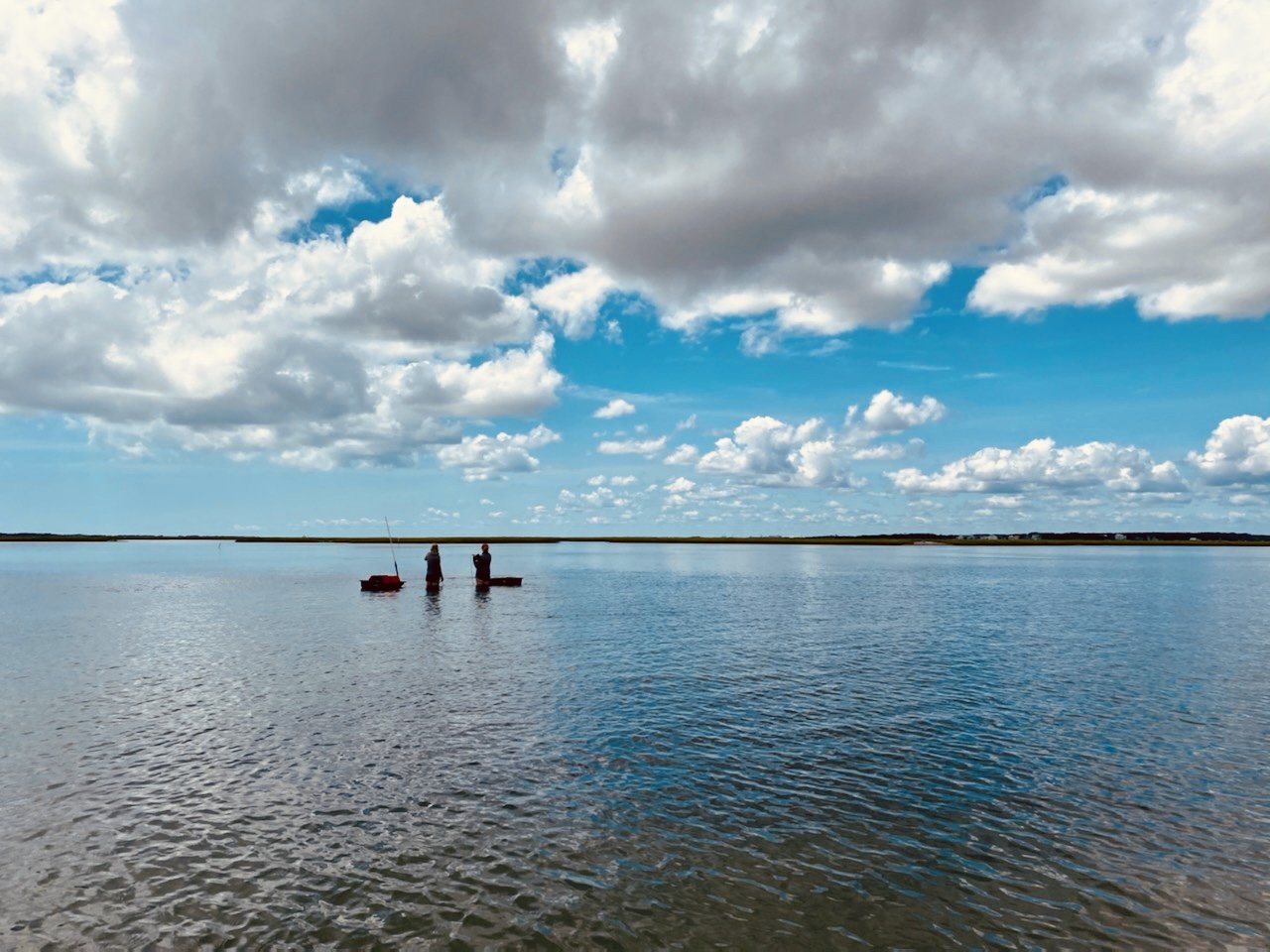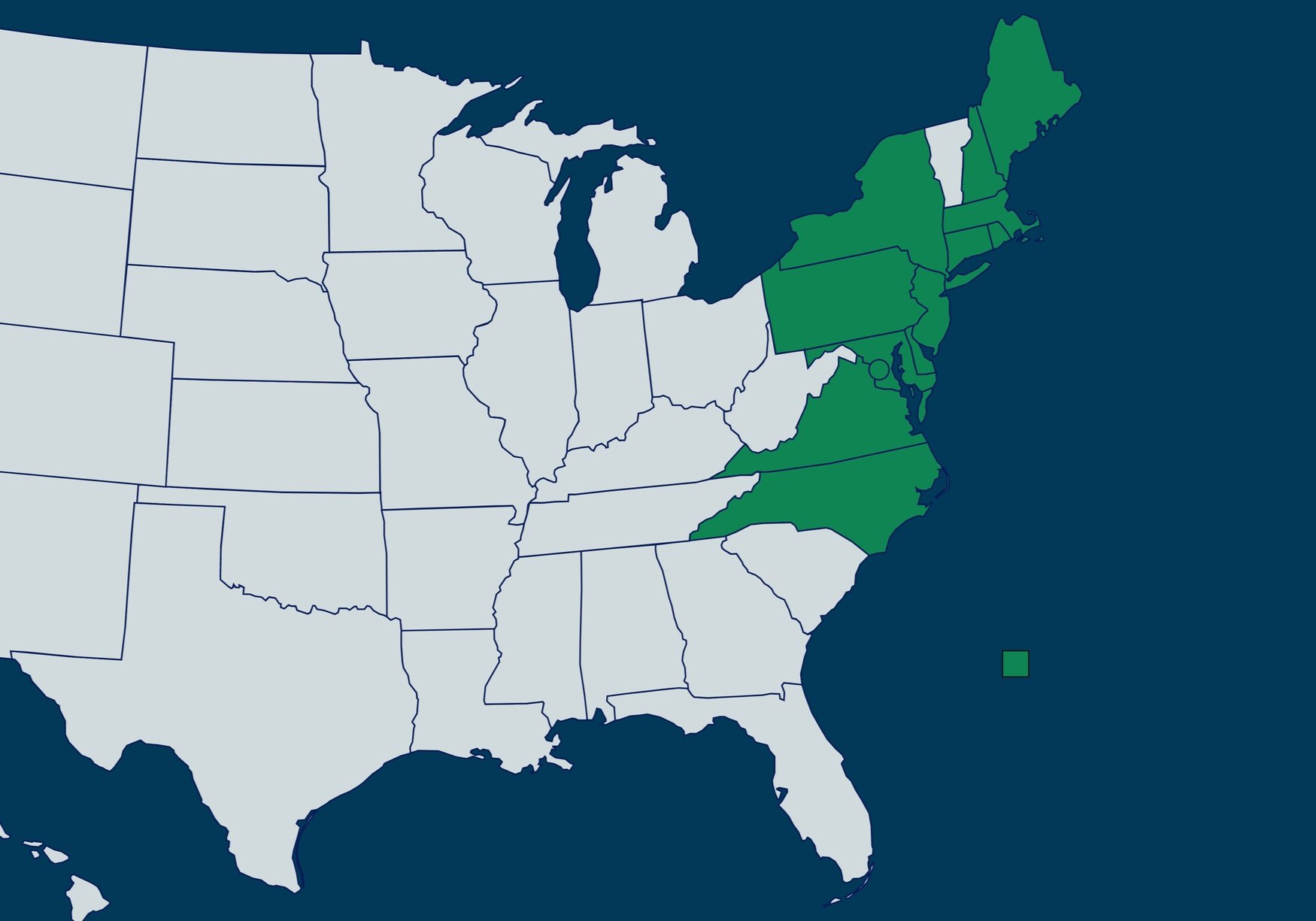
Water stargrass, Potomac River, Chesapeake Bay - picture provided by Brooke Landry

Eelgrass, Barnegat Bay, NJ - photo provided by Z Lacey

Eelgrass, NC - photo provided by Coastal Plant Ecology Lab, UNCW

Widgeon grass, Eastern Bay, Chesapeake Bay - picture provided by Pete McGowan, USFWS

Widgeon grass, Wye River, Chesapeake Bay - picture provided by Brooke Landry

Middle Marsh, NC - photo provided by Coastal Plant Ecology Lab, UNCW

Wild celery, Susquehanna Flats, Chesapeake Bay - picture provided by Brooke Landry

Widgeon grass, Wye River, Chesapeake Bay - picture provided by Brooke Landry

Students working in SAV bed, NC - photo provided by Coastal Plant Ecology Lab, UNCW

Widgeon grass, Wye River, Chesapeake Bay - picture provided by Brooke Landry

Eelgrass with epiphytes and epifauna, Barnegat Bay, NJ - photo provided by Z Lacey

Coontail, Potomac River, Chesapeake Bay - picture provided by Brooke Landry

Blue crab in eelgrass, NC - photo provided by Coastal Plant Ecology Lab, UNCW

Brittle naiad, Potomac River, Chesapeake Bay - picture provided by Brooke Landry

Eelgrass with epiphytes and epifauna, Barnegat Bay, NJ - photo provided by Z Lacey

Students working with eelgrass, Barnegat Bay, NJ - photo provided by Z Lacey

Eelgrass, Barnegat Bay, NJ - photo provided by Z Lacey

Widgeon grass, Barnegat Bay, NJ - photo provided by Z Lacey

Eelgrass and algae, Barnegat Bay, NJ - photo provided by Z Lacey



















Submerged Aquatic Vegetation - not just seagrass!
Submerged aquatic vegetation (SAV) is an all-encompassing term for rooted, vascular angiosperms that includes freshwater, estuarine, and marine plants, or seagrasses. SAV is an important natural resource globally, and more specifically to this collaborative, along the U.S. East Coast. SAV meadows and fringing beds contribute extensively to our coastal ecosystem dynamics and provide numerous ecosystem services. These services include the provision of food, habitat, and nursery grounds for commercially and recreationally important finfish and shellfish; sustenance for resident and migrating waterfowl; uptake of excess nutrients which reduces the prevalence of algae blooms; and the reduction of wave and current energy which promotes water clarity and reduces the potential for shoreline erosion. Further, SAV is an important tool for mitigating climate impacts - it sequesters carbon and buffers coastal acidification.
Regardless of its importance, threats to SAV abound and we are losing SAV habitat at an astonishing rate worldwide. Historically, threats to SAV fall primarily in the realm of degraded water quality - water that does not have adequate clarity for SAV to photosynthesize and thrive. Direct physical loss from shoreline alteration and vessel impacts is also a major threat. More recently, the impact of climate change on SAV, particularly to heat-intolerant species like Zostera marina, has become a significant concern.


